Going on a summer vacation?
Good for you!
Is it good for your lawn and landscape plants, though?
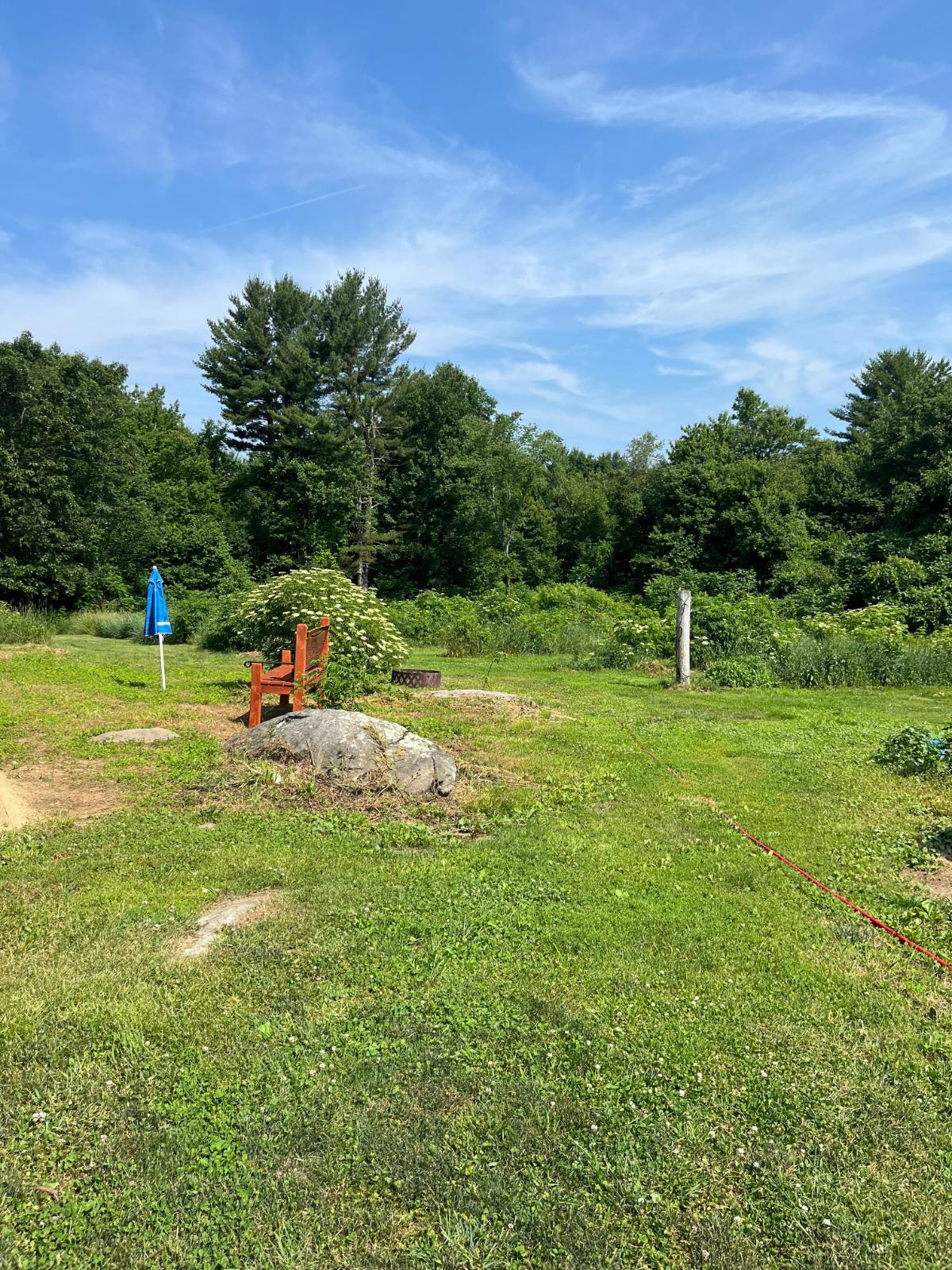
It certainly can be, as long as you follow a few simple tips and set your yard up for the time that you’re away. Here’s how!
Jump to:
- Vacation Care For the Lawn
- 1. Water deep and long
- 2. Two mowing options:
- Landscape and Plant Prep for When You’re Away
- 3. Deadhead any flowers or perennials that need it
- 4. Water them, too
- 5. Apply mulch if you don’t have it
- 6. Deal with pests before you go
- If You’ll Be Gone for More than A Week
- 7. Check the forecast
- 8. Set up something for watering
- To Have it Mowed or Not While You’re Gone?
Vacation Care For the Lawn

First, the lawn.
Fortunately, vacation lawn care is not too difficult. Figuring that the average vacation lasts a week or maybe two, that basically falls within the time frame of regular lawn growing, watering, mowing and maintenance anyway.
What does your lawn need from you while you’re away?
Mostly, it needs good preparation ahead of time.
1. Water deep and long
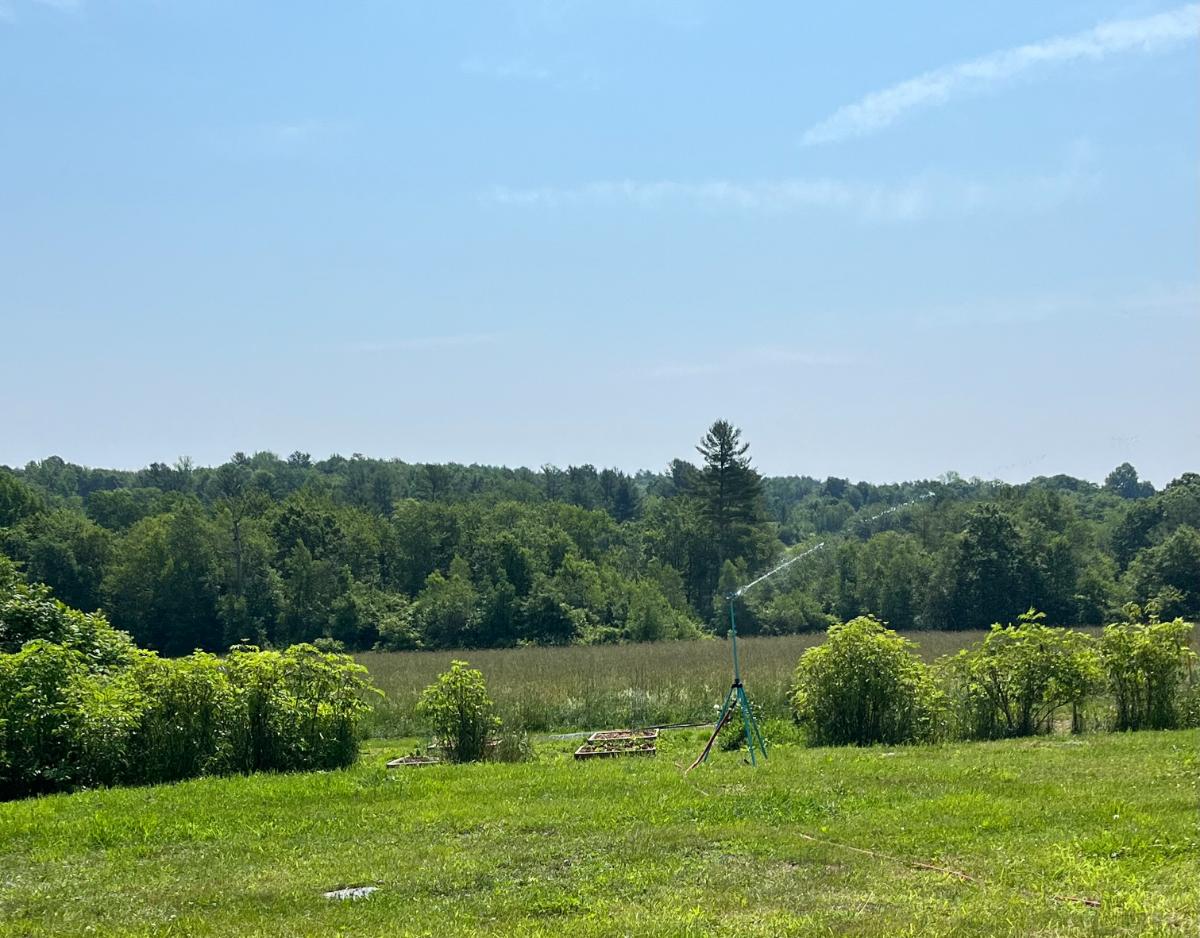
What your lawn needs the most while you’re away is water to drink. Whatever nutrients and fertilizers your lawn needs should be in place already and this isn’t generally something that’s going to make or break a lawn for a week or two. Probably not even for three or four.
As long as your lawn isn’t starting off in a state of drought and dryness in the one to two weeks of your vacation, it can go a week or two without water. (Hopefully you will get some help from rain, though, if you’ll be gone for more than a week).
Before you go, water your lawn thoroughly and deeply the night before you go. If you are departing later in the day and you can wait to water on the morning of the day that you’ll leave, even better – the shorter the span between waterings, the better.
Deep, thorough watering means that you should probably plan to run your sprinklers or irrigation for an hour or so. Plan to give your grass a solid one inch of water.
To figure out if you’ve watered your lawn enough, put a rain gauge in the path of the sprinklers or set out a can with a wide mouth. When an inch of water is collected, you’ll know you have enough.
This should be enough in most cases to go the week. If you have poor, gravelly or sandy soil that drains fast, you might need to ask someone to come in, especially if temperatures will be very high, but in most cases, you’ll be okay.
Your lawn might be a bit on the drier side when you get back, but if it’s only been a week or so, a good watering upon your return will bring things back to a nice, green life.
2. Two mowing options:

There are two schools of thought regarding mowing before you leave on vacation.
One is to not mow or to mow high, and the other is to mow low.
Which is right for you? That probably depends on your lawn, soil, and the predicted weather conditions.
Mow high
The idea here is that an unmown lawn will be able to better withstand periods of heat and water stress than a freshly cut lawn (which is basically a lawn full of grass plants losing water and healing wounds).
If you don’t mind the somewhat unkempt look, then wait to mow your lawn until you get back.
If you can’t quite bring yourself to let your lawn go two weeks without mowing, you could also cut it on a high setting. That will prevent burning if there isn’t a lot of water or rain in the future.
If you have poor soil, such as sandy soil or soil that drains quickly, it’s probably best not to cut away the lawn's moisture and leave it until you get back.
Just remember that when you get back, that will be tall, thick grass to cut, so you may need to bag the clippings or use a mulching blade.
Mow shorter than normal
The other school of thought is to mow shorter than usual – about one-half inch shorter.
The idea here is that the grass will have less to support and won’t look bad going a week or a little longer without mowing. When you get back, the grass won’t be too tall to smother your lawn when you cut it.
However, if you are in for a period of no rain, especially if you don’t have someone coming over to water the grass while you're gone (or a trustworthy timer and irrigation system), you risk seriously burning the grass.
If high heat and no rain are expected, you’re better off leaving your lawn unmown if you can.
Short grass burns easily and has a harder time recovering.
Landscape and Plant Prep for When You’re Away

Don’t forget about the plants, shrubs, and landscape features in your yard. They need to survive your sojourn, too.
The following tips will help landscape plants and features get through while you're away:
3. Deadhead any flowers or perennials that need it
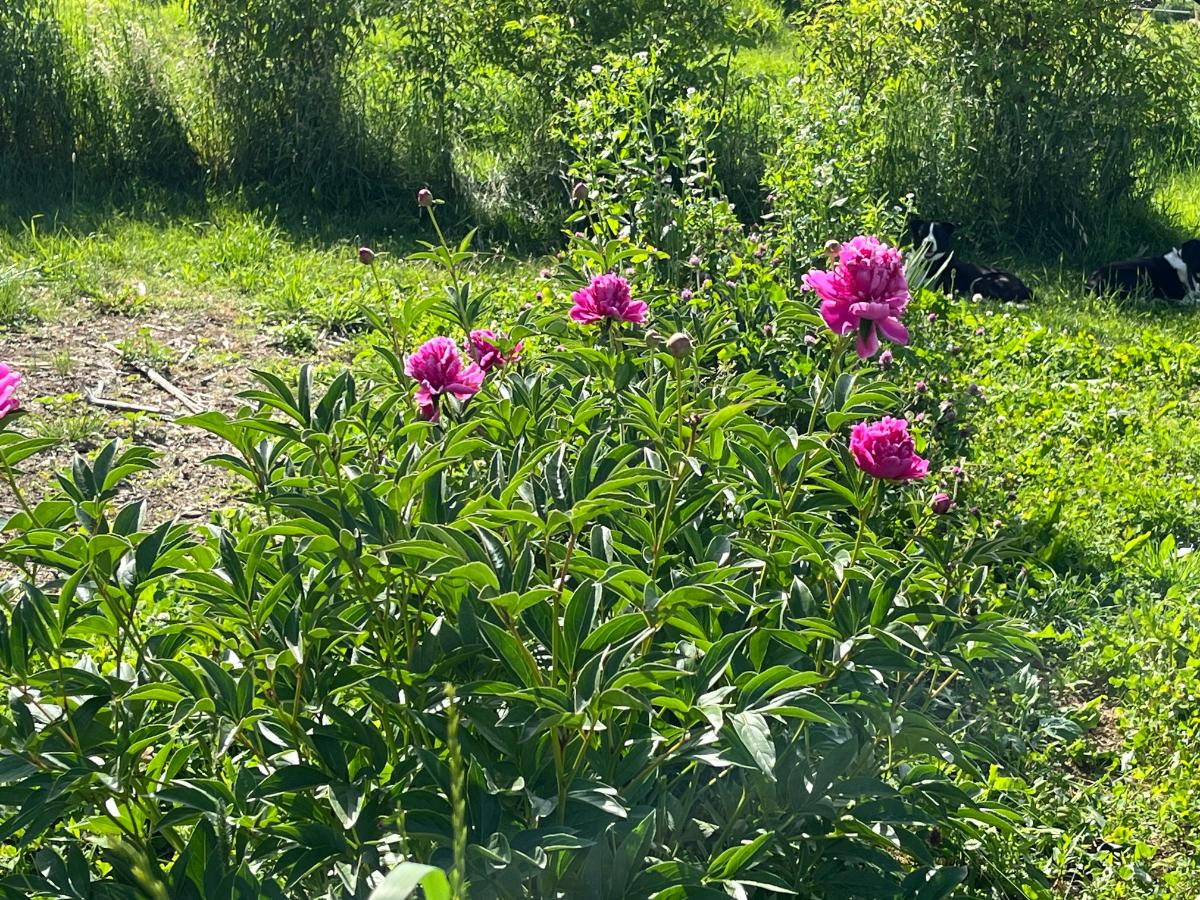
Deadhead plants and flowers before you go. That way, they are encouraged to rebloom (assuming they are reblooming plants), and those that are not reblooming can get on with their lifecycle, next bud set, etc.
Plants that should be deadheaded but aren’t will reduce or shut down blossoming. By the time you get back, the show might not be able to recover, and you’ll have lost the advantage of your beautiful blossoming plants.
Keep in mind that well-kept plants and yards make it harder for people to know you’re not around, too.
4. Water them, too
Water all of your landscape plants thoroughly before you go. Perennials and most annuals need one to two inches of water per week.
Water your plants thoroughly so they don’t start in a deficit. If the plants are planted in the ground, even if it doesn’t rain, they should be able to survive the week. (Though they may be seriously thirsty upon your return, they should rebound if they’re watered as soon as possible when you get home).
Container plants will dry out the fastest. Move them to the shade if you can or set them in a small pool with a couple of inches of water if you don't have someone watering them.
5. Apply mulch if you don’t have it
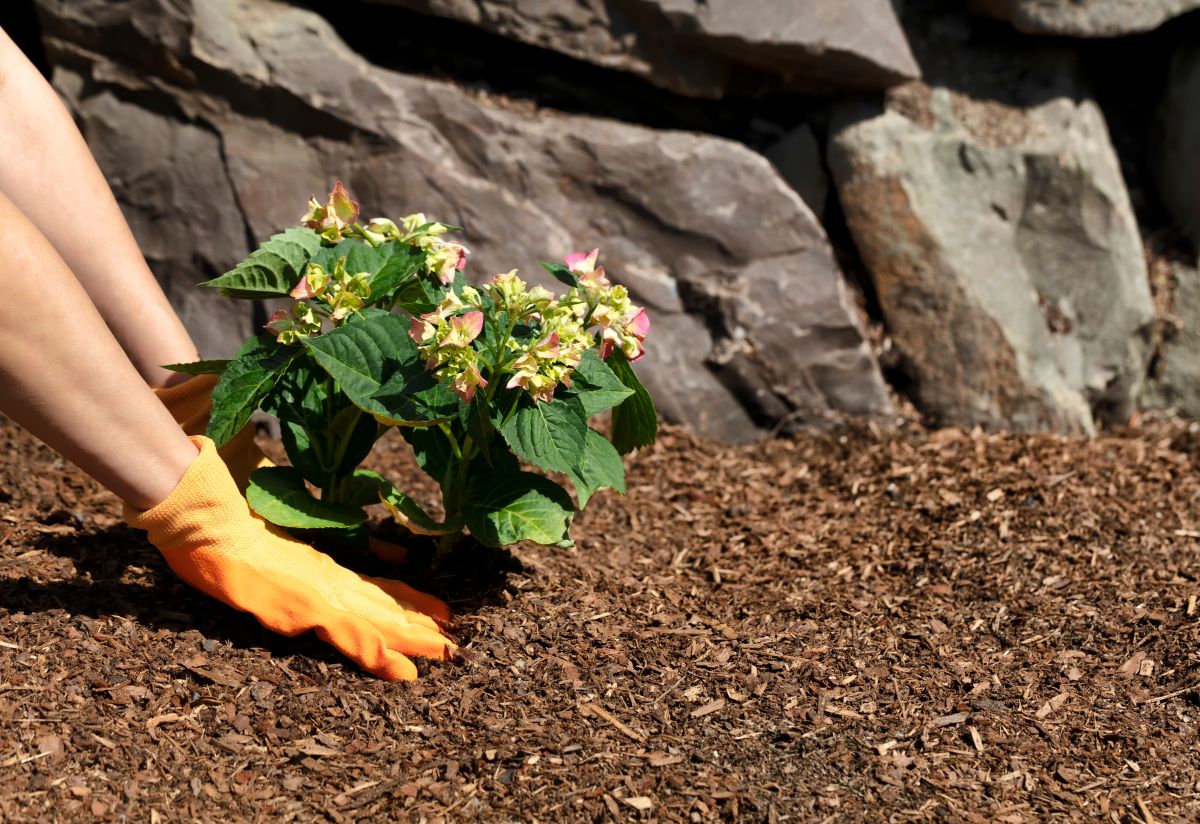
Mulch will retain soil moisture, and a good two- or three-inch layer of mulch should easily protect landscape plants’ roots for an average seven- or ten-day vacation.
If you haven’t gotten around to mulching yet, get some mulch around your landscape plants before you go.
The added benefit will be that the weeds will be kept down, too, which is less for you to deal with when you come back. It’s also less competition for soil moisture and nutrients for your landscape plants.
6. Deal with pests before you go
If you’re seeing any beetles or pests as your vacation approaches, whether on your grass and lawn or on your roses, bushes, shrubs, and landscape plants, the time to deal with them is before you go.
Summer is prime time for things like Japanese beetles that love to desiccate roses and leafy shrubs. They also lay their eggs in the ground, and the grubs grow up to eat your grass’s roots and cause bare spots in lawns.
Before you go, give them a good dose of a (preferably natural, safe, organic) insecticide.
Neem oil is a good broad-spectrum solution that will also fight off fungal diseases. Insecticidal soap and BT are good options, too.
Treat the problem in its small, early stages so it doesn’t explode into a landscape-destroying issue in the week you’re away. A week is a long time in the life cycle of pests, and can make a small, early problem one that is hard to get control of in a couple of weeks!
If You’ll Be Gone for More than A Week
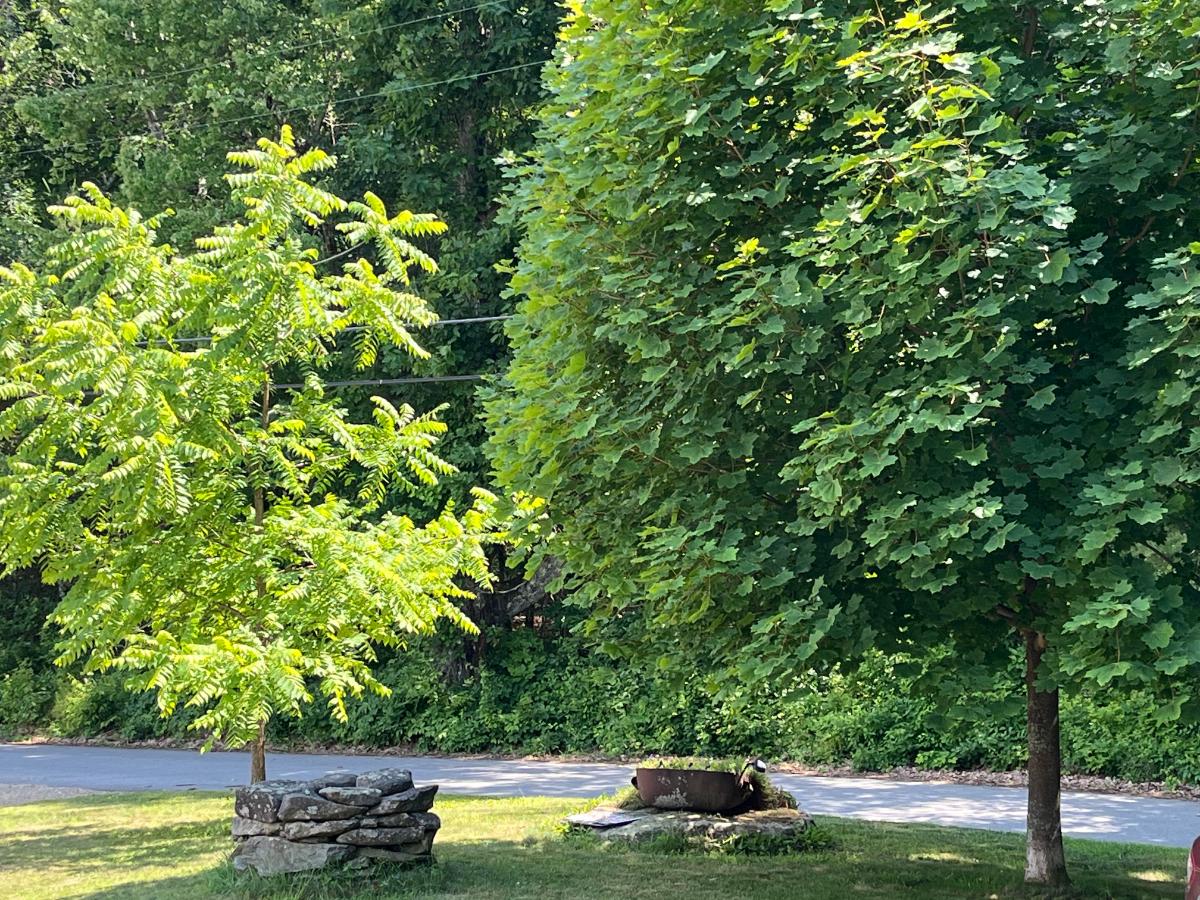
In a week’s time your grass might be just starting to look a little shaggy, but with normal maintenance and watering ahead of time a well-kept lawn and landscape shouldn’t suffer much in that amount of time.
If you’re planning to be gone for more than a week, and certainly if you’re gone for more than two, you'll need some backup care.
7. Check the forecast
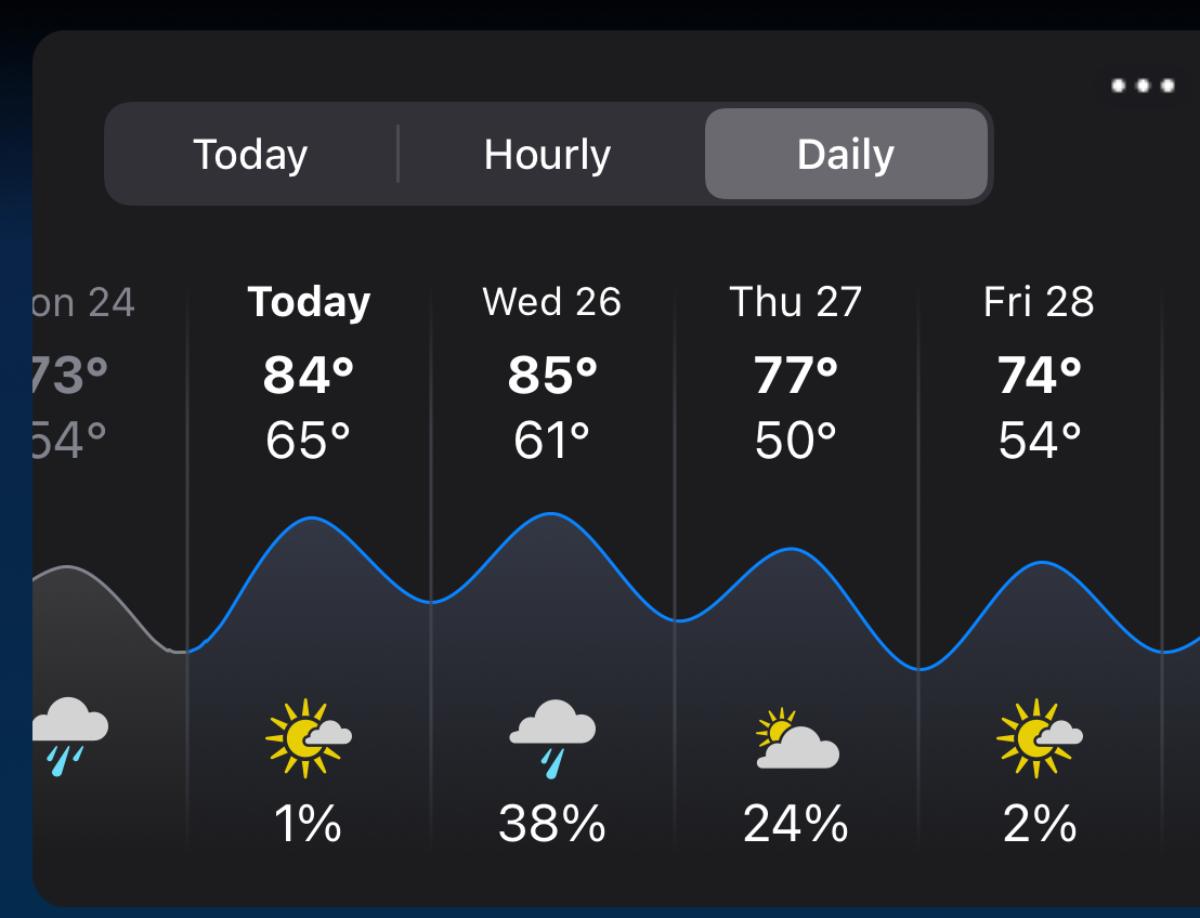
Before you go, check your extended forecast for the next week or two.
- Check to see what is predicted for rain; if you have close to an inch or even half of that, you shouldn’t need to worry for a week away
- If there is extreme heat or a heat wave coming, your lawn and landscape will dry out faster and may need some backup TLC
8. Set up something for watering
After seven to ten days of your being gone, have someone come in and do some watering or at least look to see how things are faring.
- If you have no significant rain in the forecast for the coming two weeks, at least one-half an inch, plan to have someone come in and turn on some waterers
- This is most important if you live in an arid area or have gravelly or sandy soils; they won’t hold the water as long and may need to be watered within a week
- Have the sprinklers and hoses set out if you can and set them in a pattern that will cover the whole area easily and without having to move things around too much
- Have the person who is coming to water plan to stay for an hour or come back to turn off the sprinklers in an hour so that the lawn and landscape gets the inch of water and deep watering it needs.
- If you can’t water long enough and deeply enough, there’s very little point
- If the rain forecast is good and there will be one half to one inch or more of rain in each week that you’re gone, your lawn and landscape should survive without extra watering
To Have it Mowed or Not While You’re Gone?
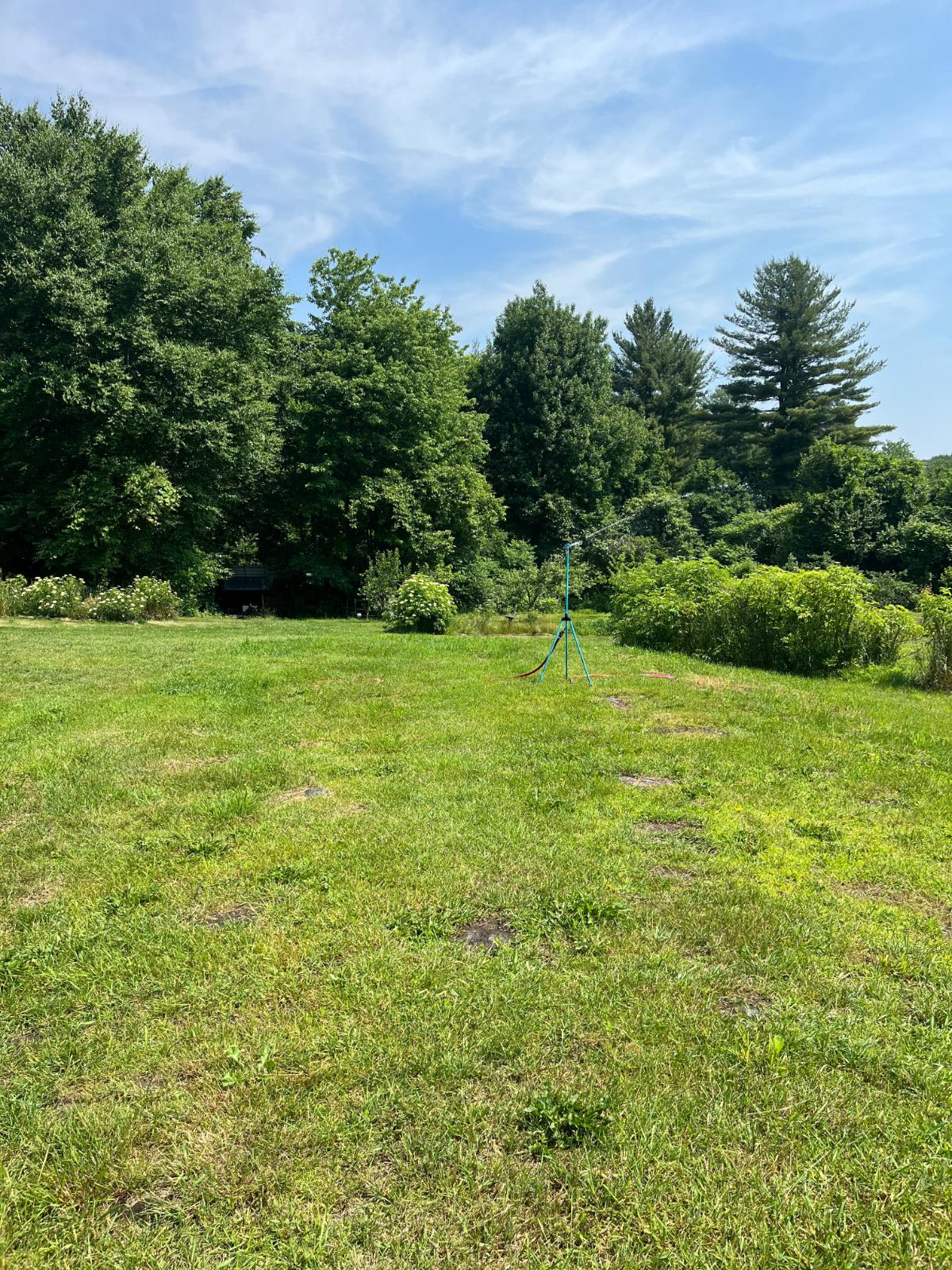
This, again, is a judgment call that depends on several factors.
- Are you comfortable with the liability of someone mowing your lawn for personal and injury reasons?
- Are you comfortable with people potentially running your mower?
- With people not running overvalued plants?
- Did you mow before you left?
- Can the lawn handle not be mowed until your return?
- Is there a homeowner's association or group that will be breathing down your back if the grass isn’t cut on time?
A week without a mow should not be a big deal. Two weeks without mowing might be pushing things but is generally survivable. The timing of your vacation comes into play, too (is this the busy growing season or the high heat dormant season for your lawn?).
Grass won’t mind growing a bit longer, and as long as your mower can handle it and you either mulch or bag tall grass when you do get back to mowing, mowing should be able to wait until you come back, too.
Fortunately, lawns and landscapes are the easiest garden features to ignore for a while, with no real harm done. Make a plan, look ahead, and set your yard up for a week or two without you, and everything will easily stay or get back to normal, even with your “neglect.”

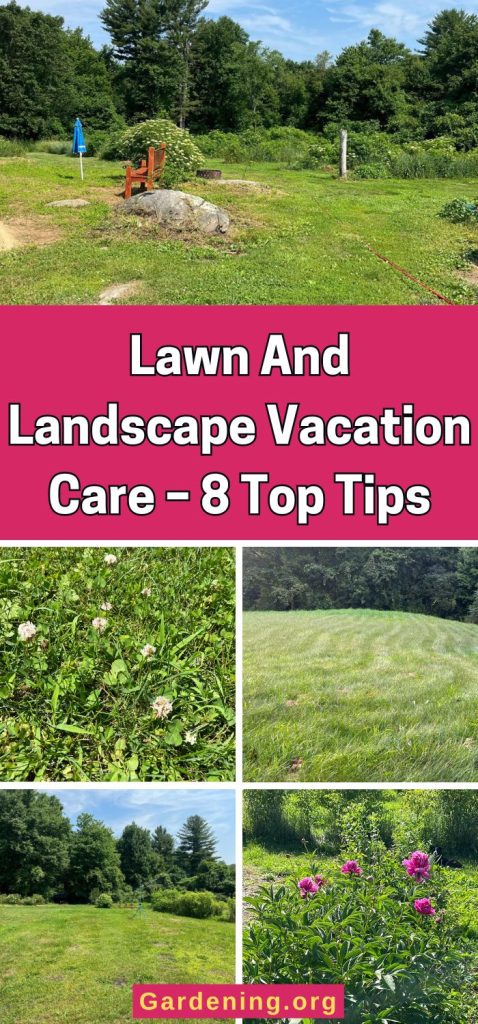
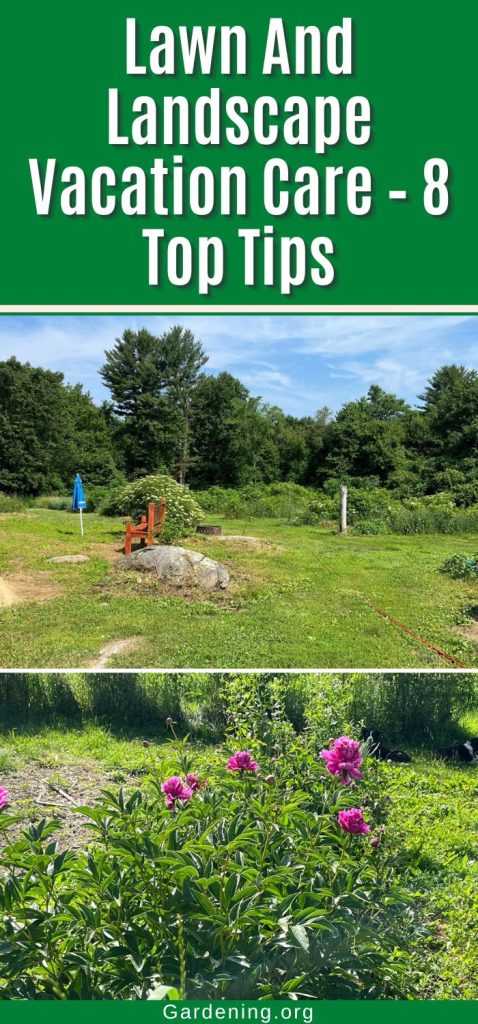
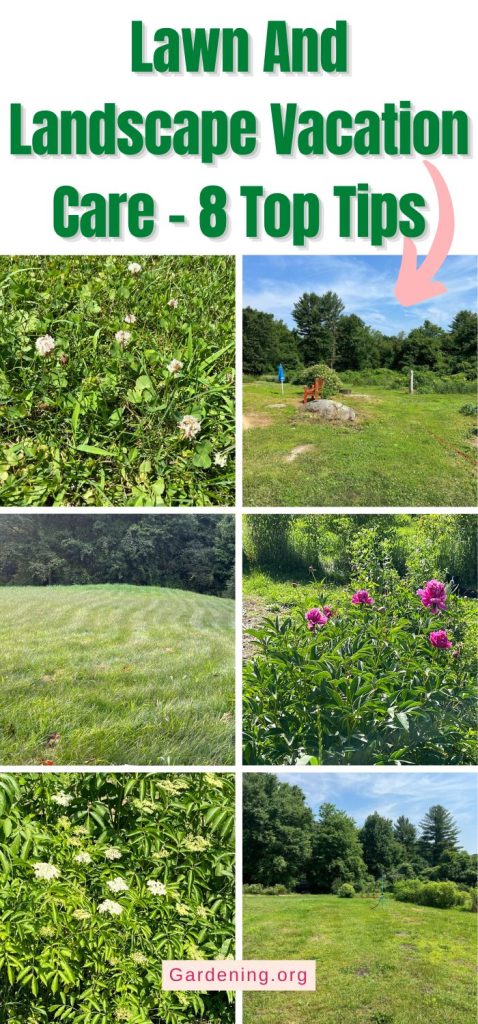
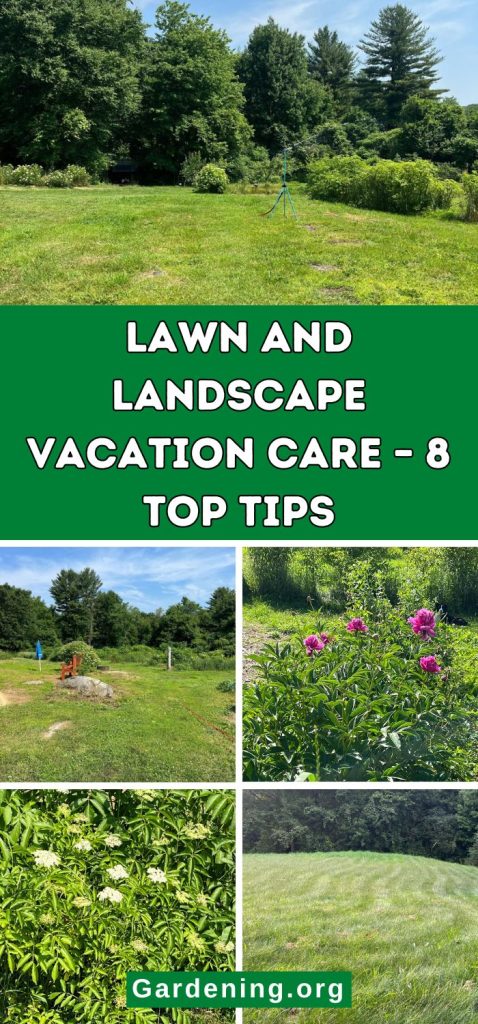




Leave a Reply